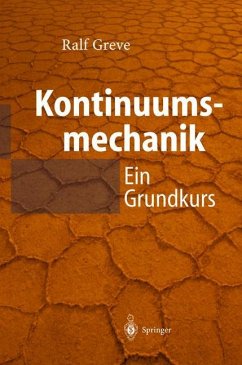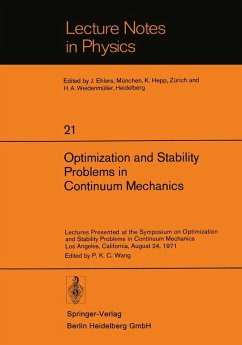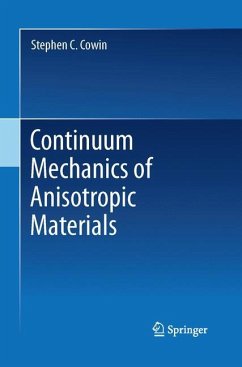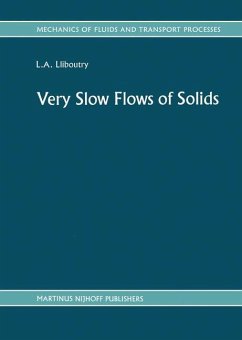
Handbook of Continuum Mechanics
General Concepts Thermoelasticity
Übersetzung: Lyle, S.

PAYBACK Punkte
43 °P sammeln!
The scale that concerns the practitioner in mechanics is usually qualified as macroscopic. Indeed, applications are rarely much below the human scale, and in order to be relevant models must be constructed on a similar scale, several orders of magnitude greater than the objects that are normally attributed to the physicist's sphere of interest. The mechanicist is therefore aware of the limits of these models, no matter how elegant their mathematical formulation may be, when the time comes far experimental validation. The mechanicist has a deep concern for the microscopic phenomena at the heart...
The scale that concerns the practitioner in mechanics is usually qualified as macroscopic. Indeed, applications are rarely much below the human scale, and in order to be relevant models must be constructed on a similar scale, several orders of magnitude greater than the objects that are normally attributed to the physicist's sphere of interest. The mechanicist is therefore aware of the limits of these models, no matter how elegant their mathematical formulation may be, when the time comes far experimental validation. The mechanicist has a deep concern for the microscopic phenomena at the heart of what is being modelled, exposed by the physicist's research, which can today explain a wide range of material behaviour. The aim of this book is to present the general ideas behind continuum mechanics, thermoelasticity and one-dimensional media. Our approach to constructing mechanical models and modelling forces is based upon the principle oi virtual work. There are several advantages tothismethod. To begin with, it clearly emphasises the key role played by geometrical modelling, leading to mechanically consistent presentations in a systematic way. In addition, by requiring rigorous thought and clear formulation of hypotheses, it identifies the inductive steps and emphasises the need for validation, despite its axiomatic appearance. Moreover, once mastered, it will serve as a productive tool in the reader's later research career. This duality is used in the chapter devoted to variational methods for the solution of thermoelastic problems.












